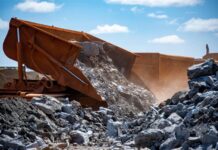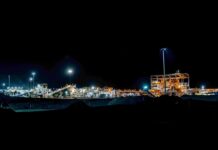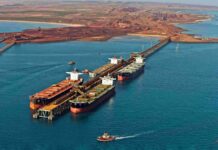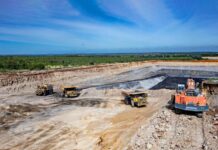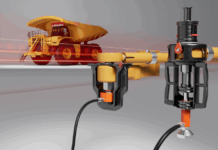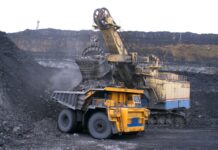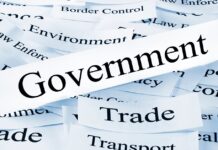CME calls for power relief, uranium mining and speedier approvals
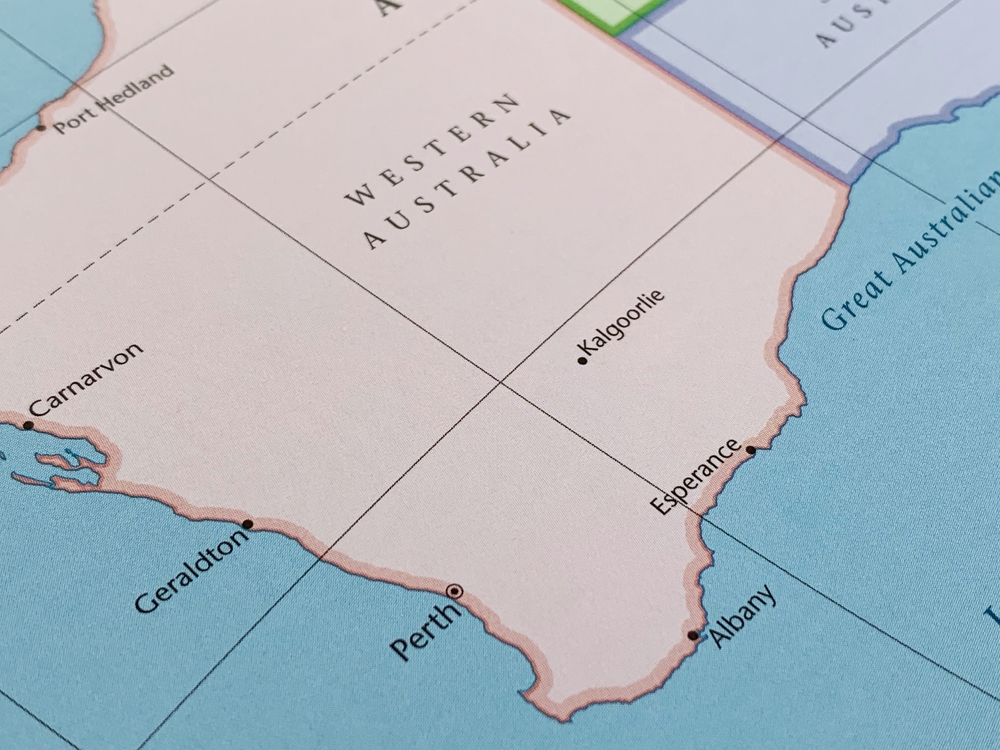
The WA CME has warned that WA and Australia’s investment fundamentals have become increasingly uncompetitive in its FY27 pre budget submission (PBS).
Restoring the state’s standing as an internationally competitive resources jurisdiction is the key theme of the PBS, which identifies timely and efficient approvals processes, project-ready strategic industrial areas and delivery of low emission, reliable and globally cost-competitive energy systems as priority areas for the WA Government.
The mining industry has afforded WA significant economic benefits. In FY24, WA households enjoyed disposable income per capita 9% higher than the national average, according to the WA Department of Energy and Economic Diversification.
This was backed by the WA resources sector, which supports 3 in 10 jobs in the state and pays the highest average wages in the country, according to the WA CME.
However, the WA CME highlights that the state is facing significant global competition, with other countries providing significant support for resources investment and value-adding manufacturing.
According to the WA CME, examples include competitors in Asia offering special economic zones and turnkey industrial precincts, the US offering additional funding and reduced red tape for critical minerals development and Indonesia and Guinea providing tax incentives and streamlined permitting to attract investment in domestic industries.
Amongst the recommendations, the WA CME has highlighted uranium, green iron and critical minerals as areas of concern.
Notably, the WA CME has called on the WA Government to overturn the de facto ban on uranium mining and support exploration to develop a future pipeline of projects.
Cauldron Energy chief executive Jonathan Fisher says it is fantastic to see the WA CME advocating for changes in the WA uranium policy.
“We must meet the needs of our trading partners and at the same time can generate enormous benefits to the state in terms of diversification of revenues and jobs,” he said.
“Even since the recent WA state election in March, the pace of the global nuclear renaissance and hence the critical supply shortage of uranium has increased significantly.
“In September 2025 the World Nuclear Association (WNA) report confirmed that 2024 was the largest nuclear generating year on record — ever.
“[The WNA’s] subsequent 2025 nuclear fuel report, also released in September, warns that new uranium supply must come to market as one of the large risks to the global nuclear renaissance, and hence global decarbonisation, is a lack of uranium supply — and that should be from high ESG, strategically aligned nations. Australia and more specifically WA has a role to play.”
The recent US-Australia Critical Minerals Framework signals a move for price recognition in critical minerals produced with high ESG standards. The WA CME recommends the WA Government explore royalty rate reductions for critical minerals where local value-adding activities take place.
For green iron, the WA CME identifies two pathways to support the decarbonisation of the global steel industry: increasing local production of higher-grade iron ore feedstocks and the development and commercialisation of new processes capable of producing green iron using lower grade iron ore feedstocks.
In WA, 95% of current production is of lower grade feedstocks.
Similarly to critical minerals, the WA CME recommend the WA Government reduce the royalty rate on value-added iron ore feedstocks like magnetite.
The WA CME also recommends the WA Government includes green iron projects under the scope of its Green Energy Approvals initiative; develops common-use electricity, transmission, water, hydrogen and carbon capture, utilisation and storage infrastructure; and undertake road widening and bridge upgrades on essential routes.
Electricity reliability and affordability
To address industry concerns and ensure the vitality of the resources sector, access to reliable, low-cost and low-emissions energy is essential.
The WA CME estimates that total delivered wholesale power costs for large industrial customers on the SWIS have roughly doubled from around $125/MWh in 2020 to at least $210/MWh in 2025, and potentially as high as $250/MWh alongside increases in domestic coal and gas prices.
“Electricity costs in the SWIS are on an unsustainable trajectory and targeted intervention is now necessary to safeguard operations until prices stabilise,” CME policy and advocacy director Anita Logiudice said.
“As cheap long-term energy contracts expire in the coming years, many large industrial operations will struggle to survive.
“Households have been shielded from soaring power costs by WA Government subsidies and credits but businesses have been left exposed.
“Rising power prices risk slamming the brakes on new industries like critical minerals processing and green iron and are a key barrier to capitalising on the recent US-Australia critical minerals deal and the State Government’s ambitions to expand WA’s manufacturing base.”
The risks of these cost concerns have been realised on the east coast, where smelters and refineries like Nyrstar, Tomago and Mt Isa have struggled amid increases in electricity costs.
The WA CME recommends the WA Government implement measures that provide near-term cost-relief to large energy users on the SWIS to safeguard the viability of operations throughout the transition away from coal and gas.
In September 2025, the WA Government released its SWIS Transmission Plan, but the WA CME says the plan does not provide certainty for total future electricity costs in the SWIS. The group says it is also unclear if the plan addressees cost concerns related to transitioning from synchronous (coal and gas) to inverter-based generation (wind and solar).
CME member feedback indicates total delivered electricity prices of around $100/MWh or less are required to attract new industry and enable existing large industrial users to compete with other jurisdictions.
The WA CME also calls on the WA Government to fund Western Power using third party resources if required to speed up new generation and customer connections in the Kalgoorlie-Boulder regions.
The PBS also calls for a specific focus on addressing reliability issues for SWIS-connected businesses in the Goldfields region, where data obtained from a sample of CME members indicates an average of four power outages per month over the past year.
“CME members estimate tens of millions of dollars in lost revenue over the past year due to these outages, in addition to the costs of running and maintaining back-up power systems,” Ms Logiudice said.
“A lack of available generation is also preventing expansion activities in a region that is experiencing booming interest in both gold and critical minerals.”
Strategic industrial areas
In the FY26 budget, the Strategic Industries Fund was doubled to $1b as part of the WA Government’s move to shift from a passive landholding model to a proactive ‘plug-and-play’ strategy.
However, the CME WA still argues that significant additional funding will be required to fully activate WA’s 13 Strategic Industrial Areas (SIAs).
According to the WA CME, only $12m was spent from the Fund in FY25 and on current indications the fund may not be fully disbursed by mid-2029.
The PBS calls for the WA Government to consult with industry to rapidly identify core common-user infrastructure in priority industrial areas and promptly deliver this infrastructure using the fund.
The WA CME also recommend that the WA Government use powers under the State Development Bill 2025 to speed up approvals processes for priority areas, including basic SIA-wide approvals, common-use infrastructure approvals and any additional approvals required for specific projects within the SIAs.
Timely and efficient approvals
The WA CME says that member feedback over recent years indicates WA project assessment timeframes are not competitive with national and international competitors.
The WA Government has taken action to reduce assessment and approval timelines through implementing recommendations made during the Vogel-McFerran Review, investment in online systems upgrades and the introduction of the State Development Bill 2025 which provides the WA Coordinator General the ability to streamline approvals processes for significant projects.
However, the WA CME says that member feedback suggests that end-to-end approvals timeframes remain largely unchanged over the past year, with member reporting delays in the range of 12-18 months.
The WA CME recommends the WA Government undertake an approvals study to quantify the length of assessment processes and develop KPIs and reporting mechanisms to support rapid response.

